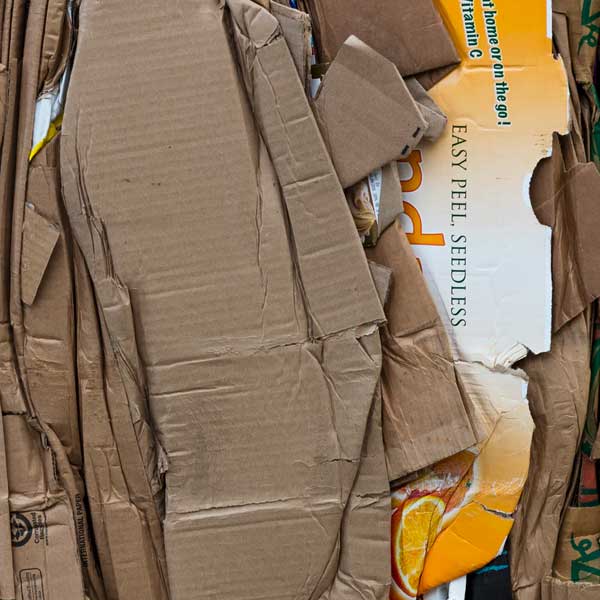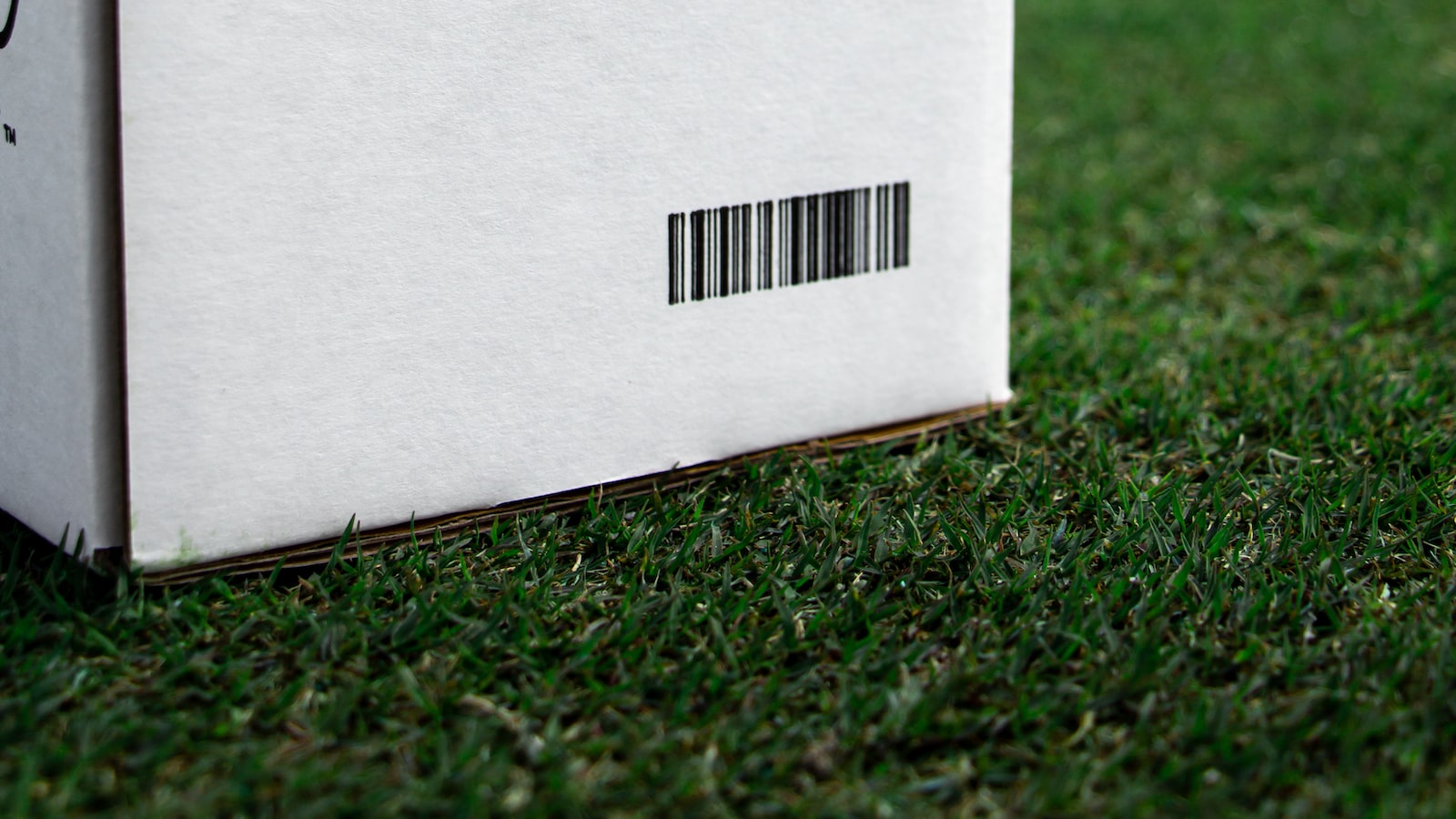
Unleashing the transformative power of composting, our journey takes an unexpected turn down the cardboard lane. Cardboard, that humble packaging material, often tossed aside without a second thought, has the potential to reach even greater heights of purpose. We find ourselves standing at the crossroads, where resourcefulness meets sustainability, ready to unlock the secrets of shredding cardboard for compost. So, roll up your sleeves, grab that trusty pair of shears, and let us delve into this captivating process that will have you mesmerized by the alchemy of turning waste into rich, nutrient-dense compost. Step into this world of cardboard metamorphosis, where scraps and shreds take on a whole new life, transforming your compost into a verdant oasis for your beloved plants and a testament to your commitment to our planet.

Convenient Tools for Efficiently Shredding Cardboard for Compost
Shredding cardboard for composting not only helps to reduce waste but also aids in speeding up the decomposition process. Thankfully, there are a variety of convenient tools available that can make this task much easier and efficient. Here are some top recommendations:
1. Cardboard Shredder
Key Features:
- Specifically designed to shred cardboard efficiently
- Makes the shredding process quick and hassle-free
- Uniformly cuts cardboard into small, compostable pieces
2. Paper Shredder
Key Features:
- Most paper shredders can handle thin cardboard
- Offers a more affordable option for occasional shredding
- Convenient for recycling other paper materials as well
3. DIY Methods
Key Tips:
| Use a utility knife to manually cut cardboard into small strips |
Requires more effort but can be done with readily available tools |
| Tear cardboard into smaller pieces by hand |
A good option for small-scale composting or limited resources |
| Make use of a sturdy box grater or cheese shredder |
Efficiently shred thin cardboard while adding a little workout |
Investing in a dedicated cardboard shredder or repurposing a paper shredder for this task can significantly streamline the process and save you time and effort. However, if you’re looking for a simpler, budget-friendly approach, the DIY methods mentioned above can still get the job done. Whichever method you choose, remember that shredding cardboard into smaller pieces enhances its decomposition rate and ensures successful incorporation into your compost pile.
Loading... Seconds Left for
Miniature Orchid Terrarium Gallery!


Essential Guidelines for Preparing Cardboard for Successful Composting
Cardboard is a versatile and environmentally friendly material that can be effectively composted to enrich your garden soil. To maximize the composting process, follow these essential guidelines for shredding and preparing cardboard:
1. Select the Right Cardboard:
Opt for plain, unpainted cardboard without any glossy or plastic coatings. Remove any tape, staples, or plastic inserts to ensure a clean and organic composting process.
2_Shred_it_into_Small_Pieces">2. Shred it into Small Pieces:
For efficient decomposition, shred the cardboard into small pieces. This allows for better airflow, enhances the breakdown process, and prevents the cardboard from matting together. Use a shredder, utility knife, or even your hands to achieve the desired size.
3. Soak the Shredded Cardboard:
Before adding the shredded cardboard to your compost pile, ensure it is damp but not soaking wet. A little moisture helps accelerate decomposition while preventing it from drying out.
| Features |
Tips |
| Increases aeration |
Shred the cardboard into smaller pieces for optimum airflow. |
| Enhances decomposition |
Soak the shredded cardboard slightly before composting. |
| Improves soil texture |
Alternate layers of cardboard with other compostable materials. |
By following these essential guidelines, you can effectively prepare cardboard for successful composting. Remember to regularly monitor and turn your compost pile to ensure proper breakdown. Enjoy the benefits of organic, nutrient-rich soil that will give life to your plants and promote a sustainable environment!
decoding="async" class="kimage_class" src="https://up-gardening.com/wp-content/uploads/2023/10/photo-1548122775-1c1b2b839396.jpg" alt="Maximizing Decomposition: Techniques to Optimize the Shredding Process">
Maximizing Decomposition: Techniques to Optimize the Shredding Process
When it comes to composting, cardboard is an excellent source of carbon-rich materials that can help promote healthy decomposition. By shredding cardboard into smaller pieces, you can significantly speed up the composting process and create nutrient-rich compost for your garden. In this post, we will explore techniques to optimize the shredding process and maximize decomposition, helping you achieve the perfect shredding consistency for your cardboard.
Dry and Flatten: Before shredding your cardboard, make sure it is completely dry to prevent clumping. Flatten any boxes or sheets of cardboard to ensure an even shredding process.
Choose the Right Shredder: Invest in a high-quality shredder that suits your needs. Electric shredders are efficient for large quantities, while manual shredders work well for smaller amounts. Consider the shredder’s power, speed, and capacity to ensure it meets your requirements.
| Feature |
Tips |
| Powerful Motor |
Look for a shredder with a powerful motor to handle thick cardboard. |
| Adjustable Settings |
Opt for a shredder with adjustable settings to achieve different shredding sizes. |
| Easy Maintenance |
Choose a shredder that is easy to clean and maintain for long-term use. |
Feed Slow and Steady: When shredding, feed the cardboard into the shredder in small, consistent amounts. This prevents the shredder from getting overloaded and ensures a more efficient shredding process.
Use Shredded Cardboard Wisely: Once shredded, ensure you mix the shredded cardboard well into the compost pile. Layer it with other organic materials like kitchen scraps, grass clippings, and leaves to maintain a good carbon-to-nitrogen ratio. Regularly turn the compost to aerate it and speed up decomposition, helping you transform your shredded cardboard into nutrient-rich compost efficiently.
decoding="async" class="kimage_class" src="https://up-gardening.com/wp-content/uploads/2023/10/photo-1463432960017-6aba86cfa9f1.jpg" alt="Top Recommendations for Achieving Rapid and Effective Cardboard Breakdown">
Top Recommendations for Achieving Rapid and Effective Cardboard Breakdown
When it comes to composting, shredding cardboard is a fantastic way to add carbon-rich material to your pile. Not only does it help accelerate the decomposition process, but it also prevents clumping and allows for better airflow. Here are some innovative tips and features to consider for efficiently shredding cardboard for compost:
1. Utilize a Powerful Shredder:
Investing in a high-quality shredder can make all the difference in breaking down cardboard quickly. Look for models with a strong motor and sharp cutting blades for effortless shredding. Pro tip: Opt for a shredder that can handle multiple sheets at once, saving you time and effort.



